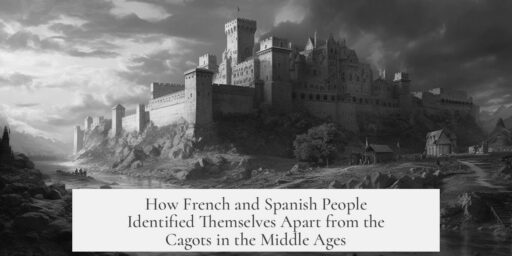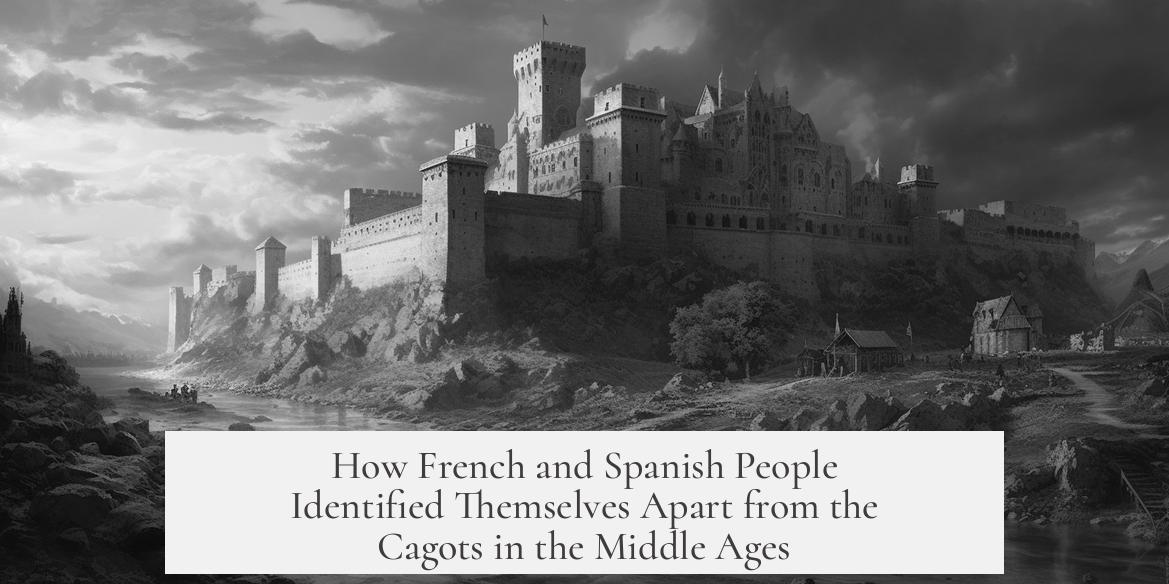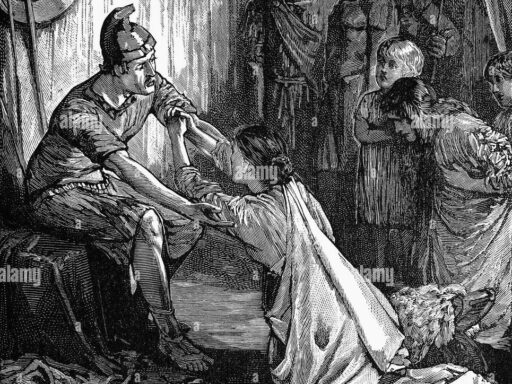French and Spanish people of the Middle Ages could distinguish themselves from the Cagots largely through social knowledge and visible segregation rather than clear physical differences. The general populations knew who the Cagots were due to long-standing traditions and communal memory.

Cagots lived outside usual village areas and faced strict social restrictions. For example, they entered churches through special doors and used their own cups, reflecting enforced separation during religious ceremonies. Socially, they endured humiliation and ostracism. Village neighbors—called *voisins*—sometimes threw stones at Cagot children and freely insulted them, showing a stark social divide.
Physical traits supposedly identifying Cagots were largely based on stereotypes rather than reality. Common beliefs included that Cagots lacked earlobes, smelled bad, or had coarse features. Some accounts contradicted these, noting that Cagot women were beautiful or that their skin tones varied. These inaccurate stereotypes functioned mainly as social tools to reinforce otherness.
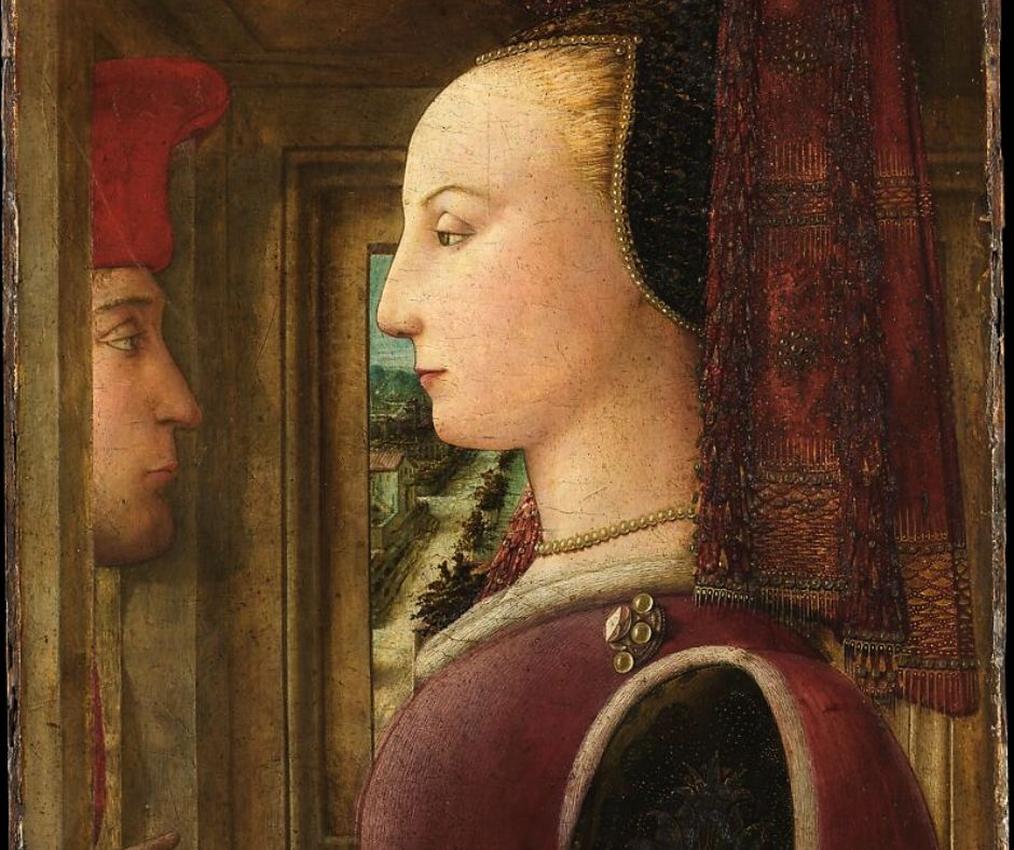
Authorities occasionally tried to impose clothing marks on Cagots, such as a duck or goose footprint, to make identification easier. These attempts mostly failed after regional officials rejected them, but the effort illustrates the desire to maintain clear social boundaries.
- Recognition came mainly from shared communal knowledge rather than distinct physical differences.
- Cagots lived segregated lives, facing legal and social restrictions in public and religious spaces.
- Stereotypes about appearance varied and often contradicted one another, underlining their function to stigmatize.
- Attempts to mark Cagots with clothing badges were rejected, so visible separation relied on other social cues.
Overall, identification depended on awareness of who belonged to the Cagot community and observing their socially enforced segregation. The distinction was clear to contemporaries due to entrenched customs, not clear biological markers.
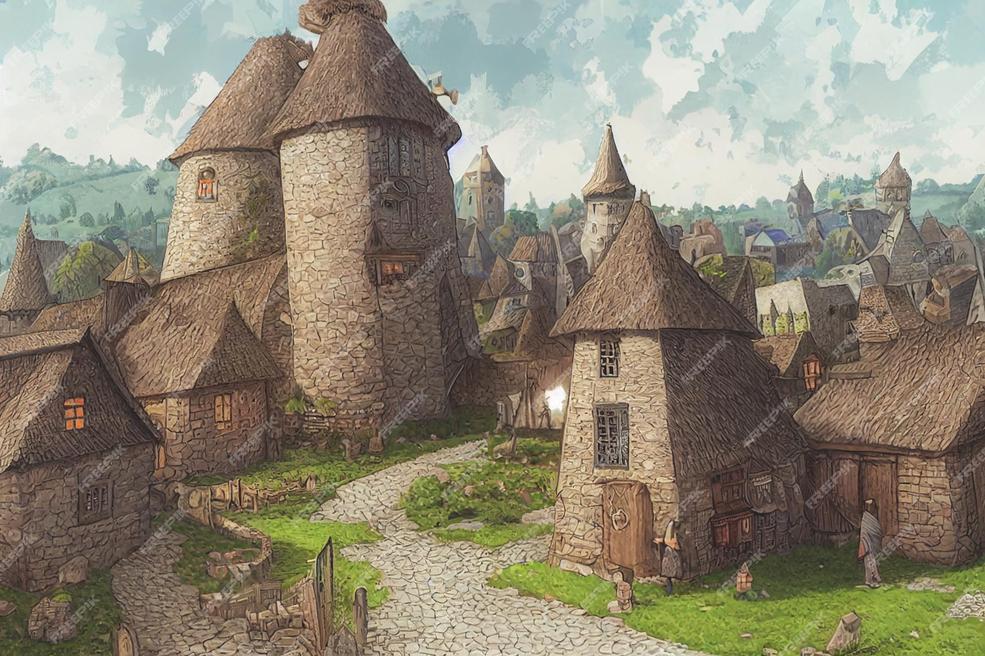
How Could French and Spanish People of the Middle Ages Tell Themselves Apart from the Cagots?
In the Middle Ages, French and Spanish villagers did not struggle much to tell themselves apart from the Cagots because they already knew who the Cagots were—clear as day and impossible to miss in their minds. The Cagots were a marginalized group, distinctly separated from the general population by a web of social rules, physical stereotypes, and spatial segregation. But what made this separation so vivid and visibly entrenched? Let’s unravel the fascinating, albeit grim story of how the locals knew to spot a Cagot.
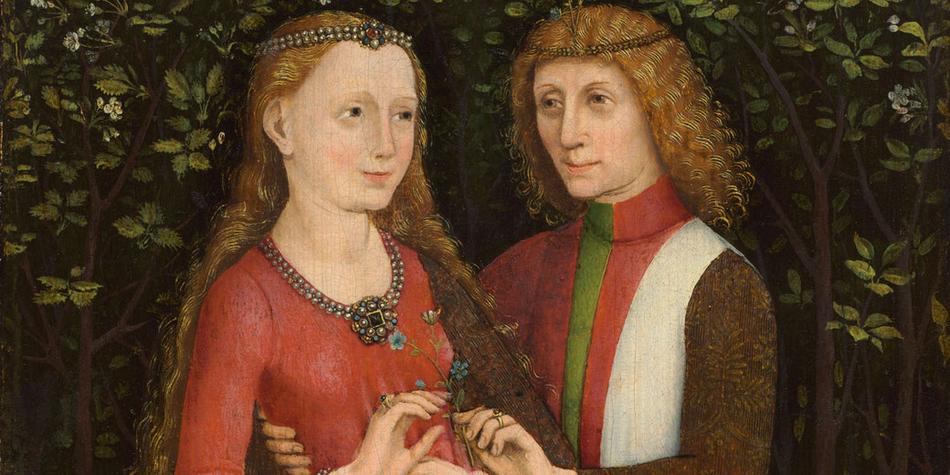
Imagine living in a small medieval village. It’s not like today’s multicultural melting pots. Everyone’s business is everyone’s business, and if your family is in the Cagot lineage, well, you don’t just blend in. Villagers had this “Cagot radar” built from generations of societal whispers and overt separation.
1. Pre-Existing Knowledge: No Confusion Allowed
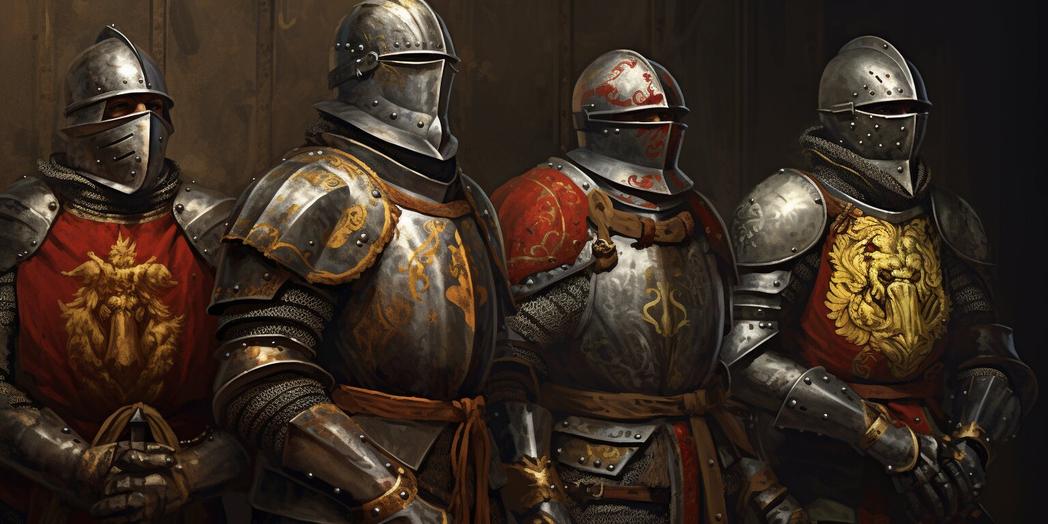
The answer to “how could they tell apart Cagots” was straightforward—the distinction was baked into daily life. Villagers didn’t guess; they were born knowing. The Cagots lived in separate communities or quarters, often on the outskirts, and their identity was as common knowledge as knowing who runs the bakery.
There was no need for confusion. If you were a Cagot, everybody in the region, whether French or Spanish, had you cataloged socially.
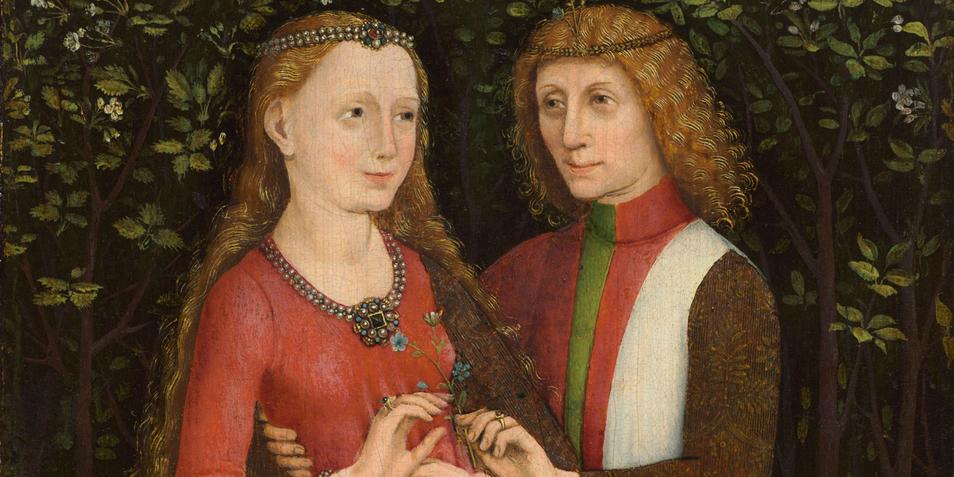
2. Segregated Living and Social Exclusion
Cagots weren’t living a typical village life. They had their own hamlets or lived in remote areas. The rules applied to them were humiliatingly strict and sometimes bizarre.
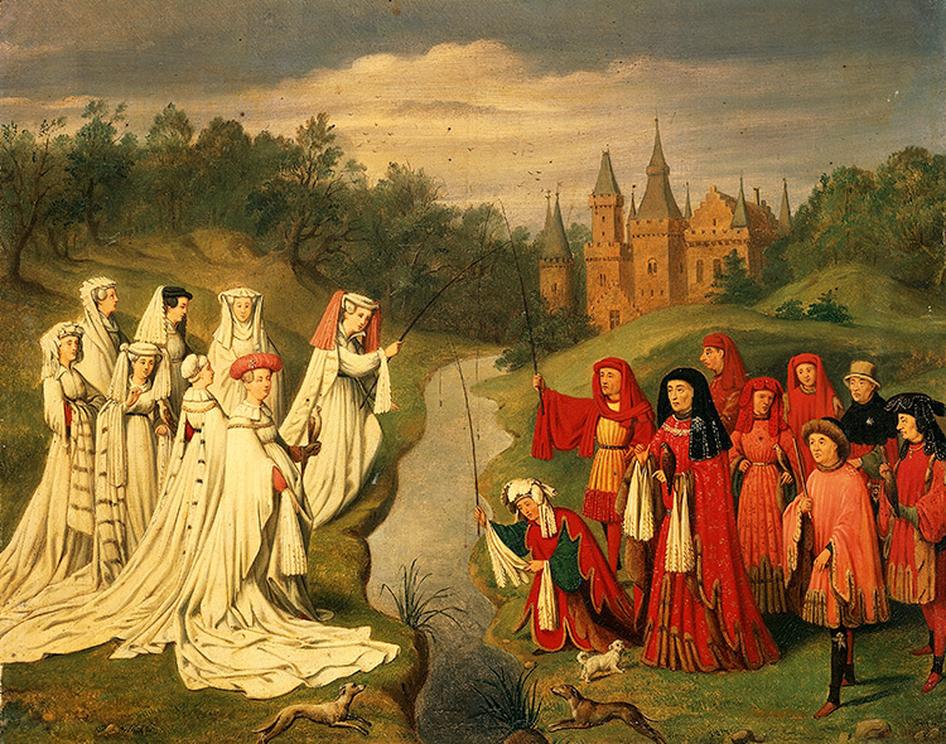
- They entered churches and public buildings through special doors, separate from the rest.
- Their drinking vessels remained theirs alone, to avoid contamination fears.
- Social and religious participation came with restrictions, monitoring, and suspicion.
This separation wasn’t just about living space but symbolized stark social exclusion. It made the “us vs. them” mentality concrete.
3. The Daily Grind of Humiliation: From Childhood to Adulthood
Need proof of this marginalization? Villagers called themselves voisins, literally neighbors, and they had a not-so-neighborly habit of treating Cagots harshly.
As kids, Cagots might have had stones thrown at them—or worse, verbal abuse. Interestingly, locals felt entitled to insult them freely, without fear of consequence. Although, when Cagots banded together and fought back, wielding large sticks, the balance sometimes tilted momentarily.
This paints a rough picture of social dynamics: compliance enforced by daily humiliation and occasional pushback.
4. Physical Stereotypes: The “Cagot-dar” in Full Effect
Did Cagots look different? Well, that’s where things get murky but telling. Villagers often claimed to spot physical markers, creating what one might call a “Cagot-dar,” an informal but insistent way to separate. The idea included:
- Lack of earlobes—which sounds bizarrely specific and medically dubious.
- Hairy ears, according to some claims.
- A very pale complexion, but if some were darker, well, that was noted too.
- Eyes described alternately as lively or inexpressive.
- Coarse facial features, counterbalanced by reputedly beautiful women among their ranks.
- An odd but persistent belief that they smelled bad.
Here’s the kicker: research shows there was no consistent physical difference between Cagots and others. These stereotypes were contradictory and shaky, yet they stuck around as tools of “othering.” Think of it as medieval fake news—complicated but effective at keeping groups apart.
5. Attempts to Mark the Cagots by Clothing: A Failed Policy
Authorities tried to make segregation literal and visible at a glance by forcing Cagots to wear certain signs on their clothes. A duck or goose foot marking was one such infamous symbol.
However, regional authorities often shot down these attempts. This suggests some official resistance to overt hatred, or maybe a fear of escalating social unrest.
Still, even without mandated badges, the social “marking” was so deeply internalized that everyone knew who to avoid—or mock.
So, What Can We Learn from This Medieval Social Divide?
The Cagots were ostracized through a lattice of social knowledge, enforced spatial separation, humiliating rules, and baseless physical stereotypes. Villagers didn’t need fancy legal IDs or badges—cultural transmission ensured everyone knew the “outsiders.”
This separation came at a real human cost: humiliation, discrimination, and violence marked the Cagots’ daily existence. The “us vs. them” mindset was baked into village life, a harsh reality illustrating how societies exclude “the other” through more than just laws—they use stories, rumors, and spatial tactics too.
What strikes you more—how deeply people believed those strange physical stereotypes, or how easily community boundaries enforced social exclusion for centuries? Maybe that’s an unanswered question that echoes with uncomfortable modern parallels.
Practical Tips for Curious History Buffs and Travelers
- When visiting medieval villages in southwest France or northern Spain, look for old church doors—some still bear separate entrances hinting at past segregation.
- Explore local archives or museums; some towns keep records or exhibits about the Cagot communities.
- Challenge stereotypes head-on: the Cagots’ story warns against relying on surface impressions or rumors.
In the end, the tale of the Cagots reminds us that knowing someone is more than seeing their face or where they live—it’s about rejecting the unfair plays of ignorance and prejudice.
